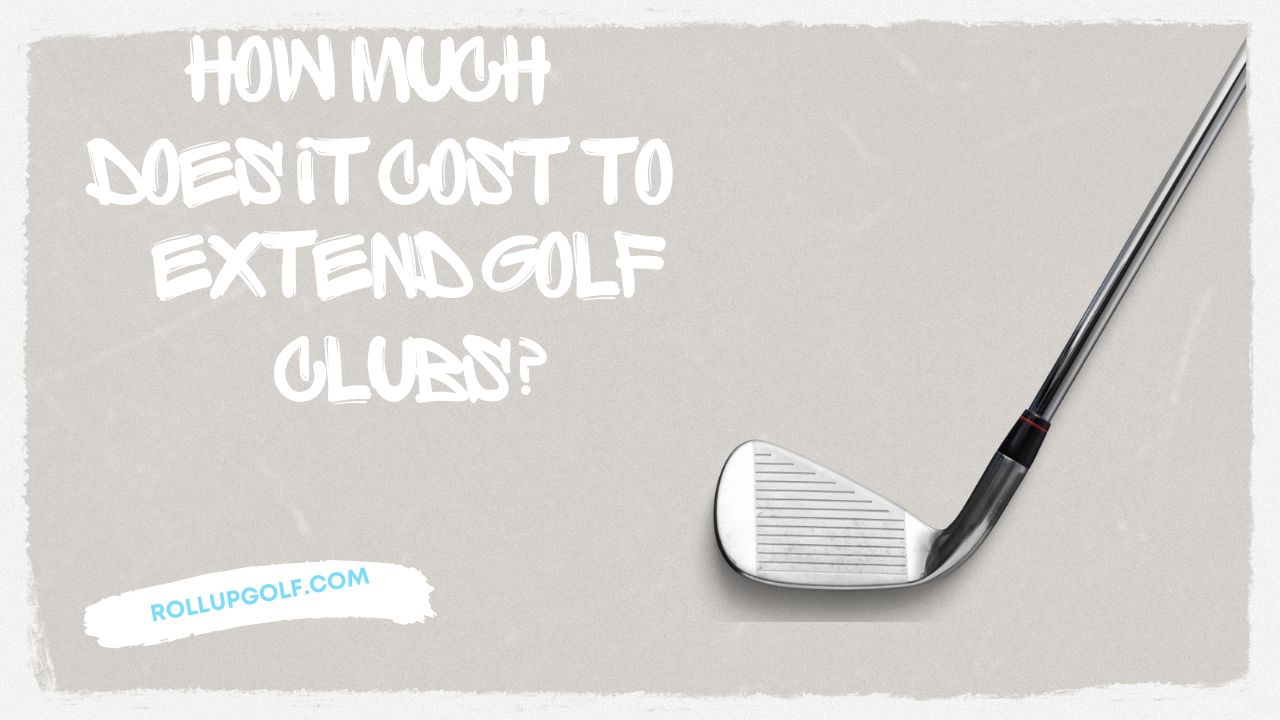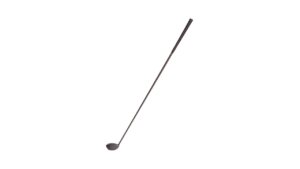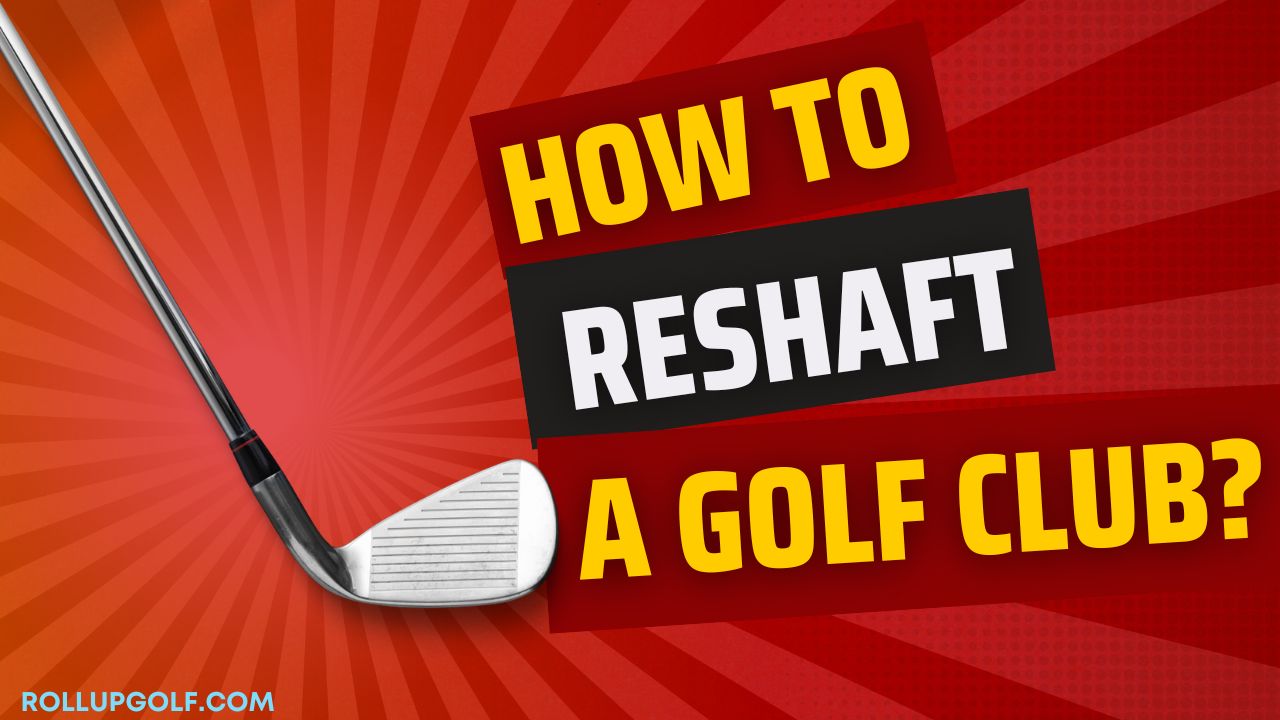
Golf, often considered a game of precision and finesse, heavily relies on the quality and suitability of equipment. While many enthusiasts focus on selecting the perfect club for their game, the importance of proper club fitting is often overlooked.
One crucial aspect of club fitting is ensuring that your clubs are the correct length for your height and swing mechanics. This leads to the inevitable question: How much does it cost to extend golf clubs?
Read also: Are Golf Balls Hollow?
How much can you extend golf clubs?

Cost factors:
- Extension type:
- Shaft extension kits: Range from $20-$100+ depending on material, brand, and number of extensions needed.
- Professional installation: Typically $20-$50 per club, including labor and possible grip replacement.
- Fitting: Getting fitted after extension might be necessary, costing $50-$200+.
- Additional services: Regripping, swing weight adjustment, and other customizations can add to the cost.
Overall estimate:
Extending a single club with a basic kit and professional installation could range from $40-$150. Adding fitting and other services can easily double the cost.
Tips for finding good deals:
- Look for online retailers offering discounts or bundles on shaft extensions.
- Consider used extension kits in good condition.
- Check local golf shops for deals and package pricing on extension and fitting.
- Compare prices and services from different professionals before choosing an installer.
Remember, the cheapest option isn’t always the best. Choose quality materials and experienced professionals to ensure proper installation and maintain club performance.
How much does it cost to make a golf club longer?

Main Costs:
- Extension Kit: $20-$100+ depending on material, brand, and number of extensions needed.
- Professional Installation: $20-$50 per club (includes labor and potential grip replacement).
- Fitting (optional): $50-$200+ to ensure proper length for your swing and adjust swing weight.
Additional Costs (optional):
- New grip: $10-$20 per club.
- Frequency/Spine Alignment/FLO of Shaft: $22.50 per club (advanced fitting service).
- Labor for installing a new shaft: $25 (steel) or $40 (graphite) per club.
Estimated Total:
Expect to spend $40-$150 per club for basic extensions with professional installation. Adding fitting and other options can easily double the cost.
Tips for Finding Deals:
- Online retailers: Look for discounts and bundles on extension kits.
- Used extension kits: Consider used kits in good condition.
- Local golf shops: Check for deals and package pricing on extension and fitting.
- Compare prices and services: Choose quality materials and experienced professionals.
Remember:
- DIY methods exist, but professional installation is highly recommended.
- Extension can affect swing weight and feel, impacting your game.
- Consider alternatives like getting fitted for longer clubs or using taller tees.
I hope this helps you estimate the cost and make an informed decision!
Read also: How to become a Golf Club Fitter
What golf clubs does Tiger Woods use?
tiger Woods, one of the most iconic golfers of all time, uses a variety of clubs depending on the course and conditions. However, his current bag (as of February 2024) consists mainly of TaylorMade equipment, with a few exceptions:
Driver: TaylorMade Stealth Plus (9 degrees) with a Fujikura Ventus Black 6X shaft.
- TaylorMade SIM Titanium (15 degrees) with a Mitsubishi Diamana D+ Limited 70TX shaft.
- TaylorMade M3 (19 degrees) with a Mitsubishi Diamana D+ Limited 80TX shaft.
Irons:
- TaylorMade P770 (2-3 irons) with True Temper Dynamic Gold Tour Issue X100 shafts.
- TaylorMade P7TW (4-PW) with True Temper Dynamic Gold Tour Issue X100 shafts.
Wedges:
- TaylorMade MG4 (56 degrees) with a True Temper Dynamic Gold Tour Issue S400 shaft.
- TaylorMade MG4 (60 degrees) with a True Temper Dynamic Gold Tour Issue S400 shaft.
Putter: Scotty Cameron Newport 2 GSS with a Ping PP58 grip.
Ball: Bridgestone Tour B X 2024.
It’s important to note that Tiger’s bag often changes depending on the tournament and his personal preferences. He is known for being very meticulous about his equipment and works closely with his sponsors to ensure he has the best possible setup for each event.








